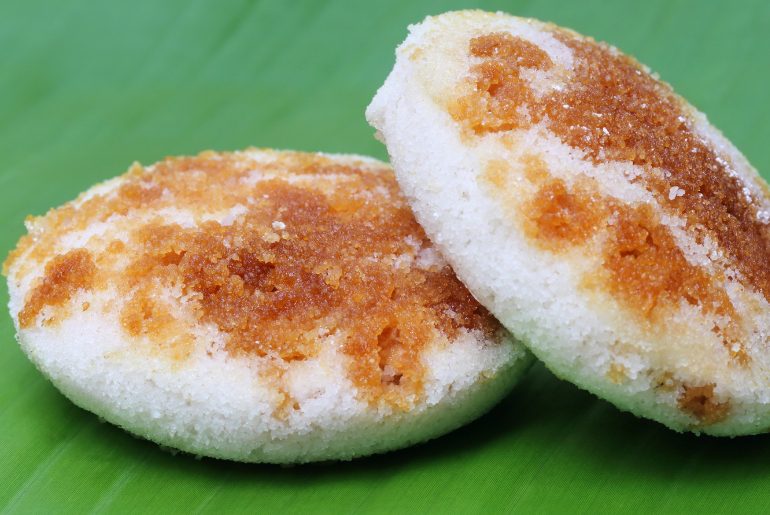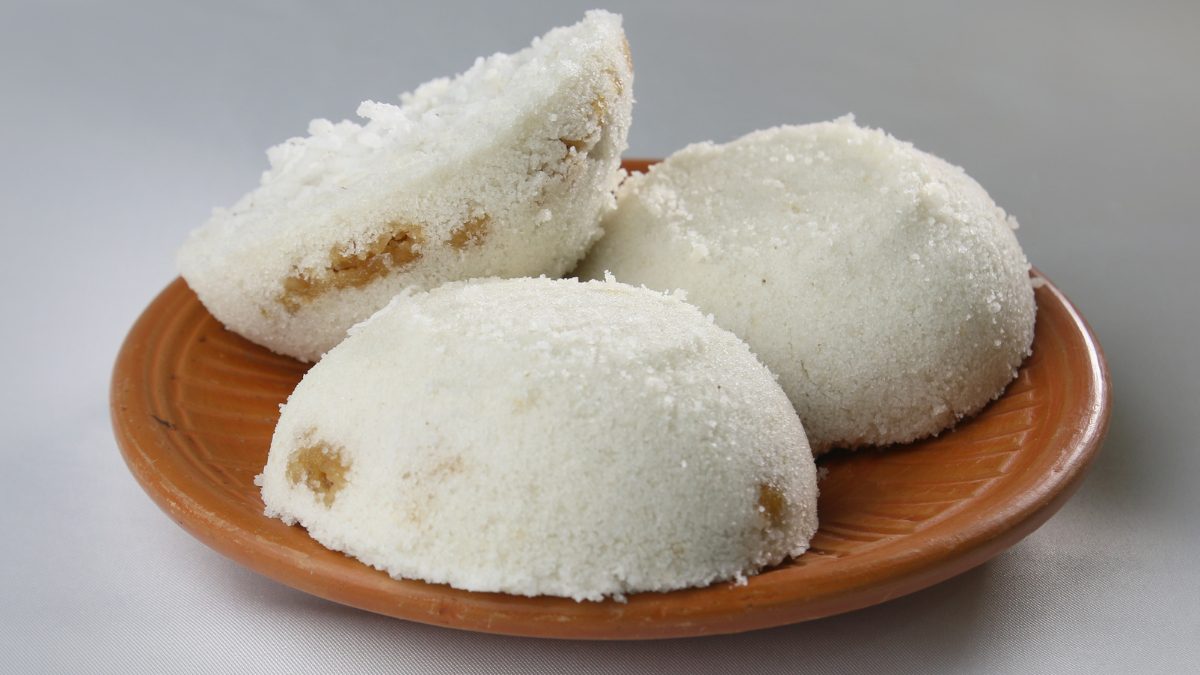Picture the vibrant streets of Assam adorned with colourful decorations and filled with the aroma of sizzling delicacies. In the heart of this bustling scene lies a culinary treasure, Tekeli Pitha, which weaves its magic during the jubilant celebrations of Magh Bihu. This traditional Assamese rice cake isn’t just a dish; it’s a symbol of abundance, a tribute to the harvest’s prosperity, and a flavourful embodiment of cultural richness. Crafted amidst the lively streets, this culinary marvel encapsulates the essence of community, tradition, and the sheer joy of sharing flavorful traditions during this auspicious festival.
Tekeli Pitha’s Irresistible Charms
View this post on Instagram
This traditional Assamese delicacy is prepared during Magh Bihu, a festival celebrated in Assam, India, usually in mid-January. Magh Bihu marks the end of the harvesting season and the beginning of the Assamese month of Magh. It’s a time of celebration, with feasting, dancing, and various cultural activities.
Tekeli Pitha holds a special place during this festival. It’s a type of rice cake or dumpling typically made in the streets or homes, especially in rural areas. The dish symbolises the abundance of the harvest and is meant to invoke prosperity and good fortune for the upcoming year.
Also Read: From Kodaikanal To Ahmedabad, These Are The Emerging Destinations Among Indian Travellers
Craft The Perfect Street-Style Delight

The process of making Tekeli Pitha involves several steps and requires specific ingredients and utensils. Here’s a detailed recipe:
Ingredients:
- 2 cups of soaked rice (preferably a short-grain variety)
- 1 cup of grated coconut
- Jaggery or sugar (as per taste)
- Water
- Banana leaves (for wrapping)
Method:
- Drain the soaked rice and grind it into a smooth paste by adding a little water.
- Add grated coconut to the rice paste and blend it again to mix thoroughly.
- In a separate pan, melt the jaggery (or sugar) with a little water to form a syrup.
- Add the syrup to the rice and coconut mixture. Mix well until it forms a smooth batter. Adjust sweetness according to taste.
- Heat a flat-bottomed pan (tekeli) or a griddle.
- Take a piece of banana leaf and cut it into square pieces (approximately 6×6 inches) for wrapping the pitha.
- Place a small amount of the rice batter in the centre of a banana leaf piece.
- Fold the leaf to cover the batter, shaping it into a triangular or rectangular dumpling. Secure the edges with toothpicks or strings made from banana leaf fibres.
- Once the pan is hot, place the wrapped pithas on it. Cover the pan with a lid and cook on low-medium heat.
- Cook the pithas for about 15-20 minutes, turning them occasionally to ensure even cooking. They’re ready when the banana leaves turn slightly charred.
- Remove the pithas from the pan and let them cool slightly before serving.
Tekeli Pitha is often enjoyed with a cup of hot tea and is shared among family and friends during Magh Bihu celebrations. Its unique taste, coupled with the significance it holds in Assamese culture, makes it a cherished part of this festive occasion.
Cover Image Courtesy: Canva
For more such snackable content, interesting discoveries and the latest updates on food, travel and experiences in your city, download the Curly Tales App. Download HERE.
Good news! We are on WhatsApp! Subscribe to Curly Tales WhatsApp Channel to stay up-to-date with exclusive content and BTS. Join HERE.
First Published: January 05, 2024 6:48 PM



